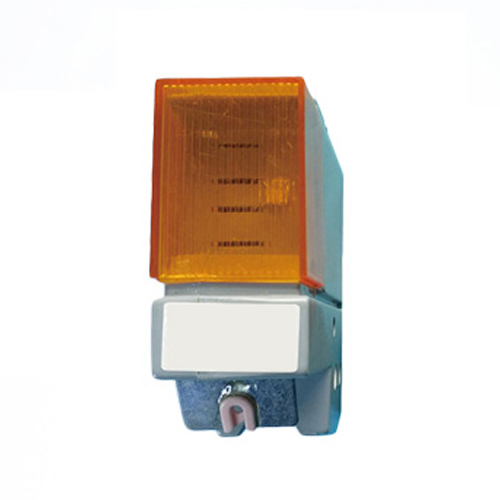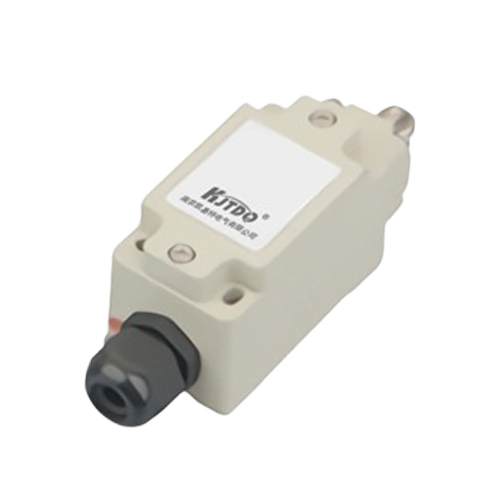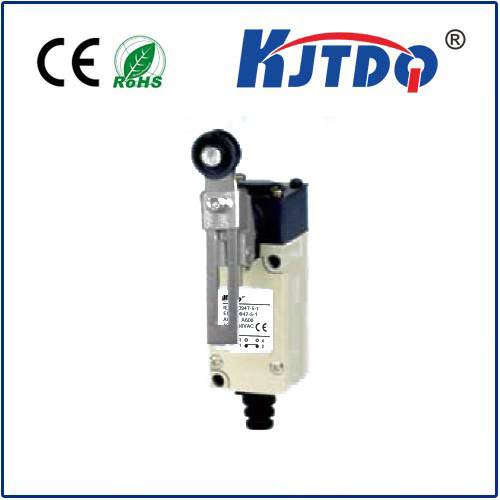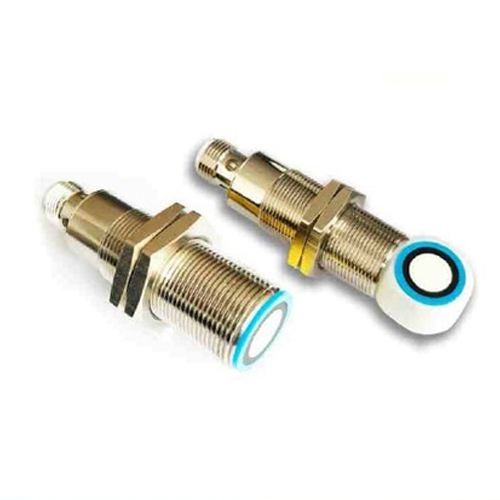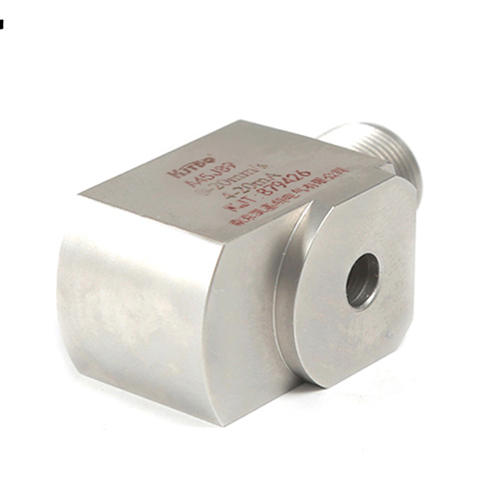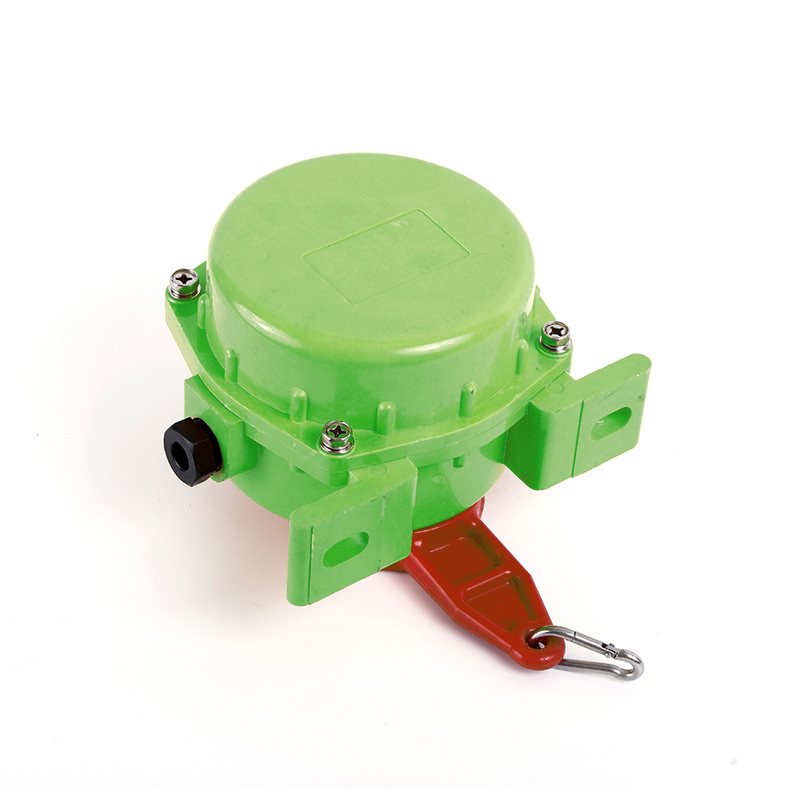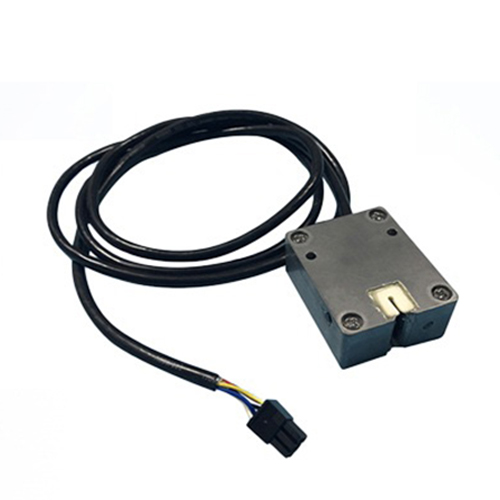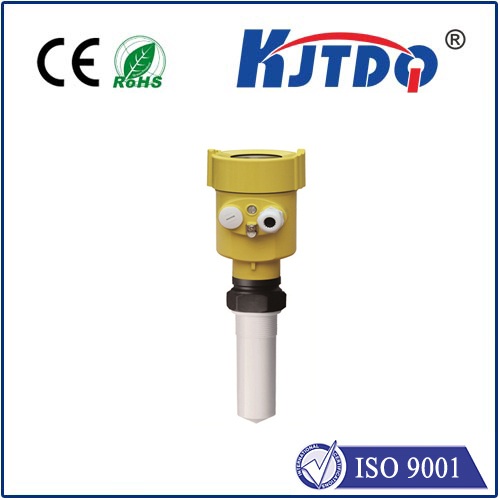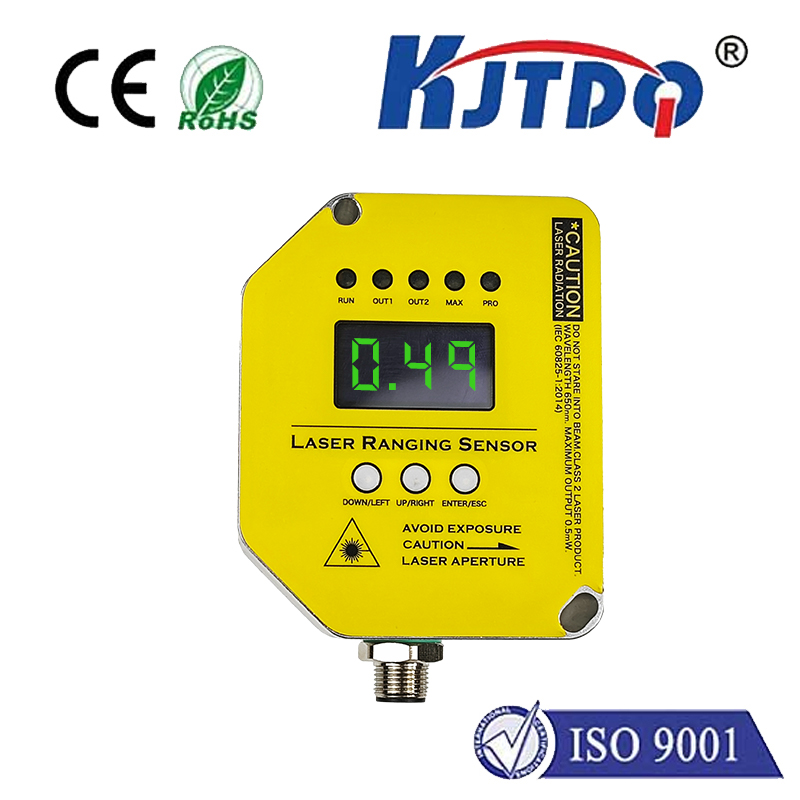

check

check

check

check

check

check

check

check

check

check
Proximity sensors have been a game changer in the field of water level monitoring. These sensors use advanced technology to measure the distance between a sensor and an object, providing accurate and reliable readings. In this article, we will explore how proximity sensors are revolutionizing water level monitoring and why it is important to use them effectively.
Proximity sensors for water level monitoring are becoming increasingly popular due to their high accuracy and reliability. They can be easily installed on water tanks or reservoirs, providing real-time information on the water level. This information can be used to prevent overfilling or emptying, which can lead to costly maintenance and repairs. Additionally, proximity sensors can be used to detect leaks in underground pipes, allowing for early detection and repair before major damage occurs.
One of the key advantages of using proximity sensors for water level monitoring is their ability to operate continuously without needing maintenance. Unlike traditional mechanical sensors that require regular checking and calibration, proximity sensors do not wear out over time. They are also more durable than other types of sensors, making them ideal for outdoor use in harsh environments.
Another advantage of using proximity sensors is their cost-effectiveness. While initial investment may be higher compared to traditional sensors, the long-term savings in maintenance and repair costs make them a worthwhile investment for businesses and organizations.
In conclusion, proximity sensors for water level monitoring are an essential tool for effective water management. Their high accuracy, reliability, and cost-effectiveness make them a popular choice among businesses and organizations looking to optimize their operations. As technology continues to advance, it is expected that proximity sensors will become even more sophisticated and widely used in various industries.
